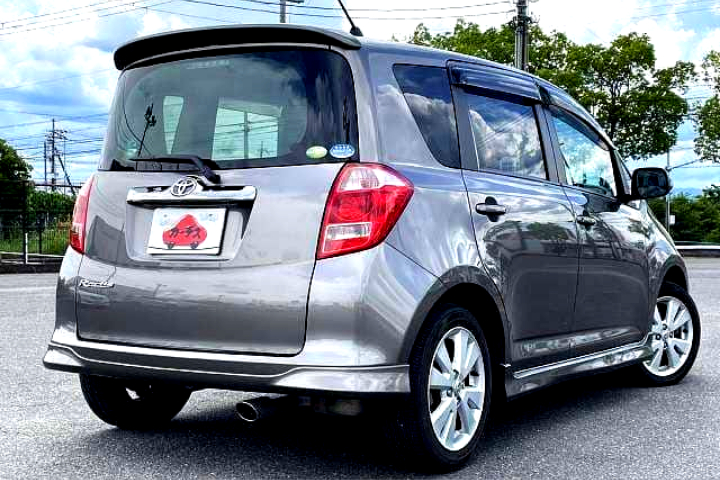While the Toyota Ractis is generally a reliable car, data shows that certain model years tend to experience more issues than others. In a recent post, we shared the most common problems with the Ractis, most of which involved transmission performance, electronics, and fuel economy. This post points you to the Toyota Ractis models that you should avoid.
The Most Problematic Model Years Of The Toyota Ractis
These years consistently generate the highest number of complaints from owners:
- 2006
- 2007
- 2008
- 2012
ALSO, CHECK OUT: 10 Common Honda Fit Problems (And How To Fix Them)
Why Earlier Ractis Models Stand Out For Issues
There are several reasons why the earlier years of the Toyota Ractis have more problems. We’ll get into each of these years.
2006-2008 Toyota Ractis Model Problems
- Transmission jerking (due to aging CVT units)
- Starting problems and battery-related failures
- Poor fuel economy (some reports as low as 5 km/L)
- Power steering issues and stiff steering response
- Worn engine mounts are causing excessive vibration
- Dim lights and dashboard electrical faults
2012 Toyota Ractis Model Problems
- High engine oil consumption
- Frequent check engine lights
- Electrical issues, including non-starting and ABS warning
- Poor fuel efficiency, even after servicing
What Buyers & Owners Should Do
If you’re looking for a used Ractis, especially from one of these years, be sure to test-drive the car first. This will allow you to check for issues with the engine, transmission hesitation, or vibration, and any suspension problems. During your test drive, keep an eye out for other common problems with the Ractis, like the dashboard lights and air conditioning system. Also, use an OBD-II scanner to check for hidden warning codes. If everything checks out, inspect the service history, looking for CVT fluid changes and oil maintenance. You’ll want to look for a car that has a well-maintained past.





Leave a Reply